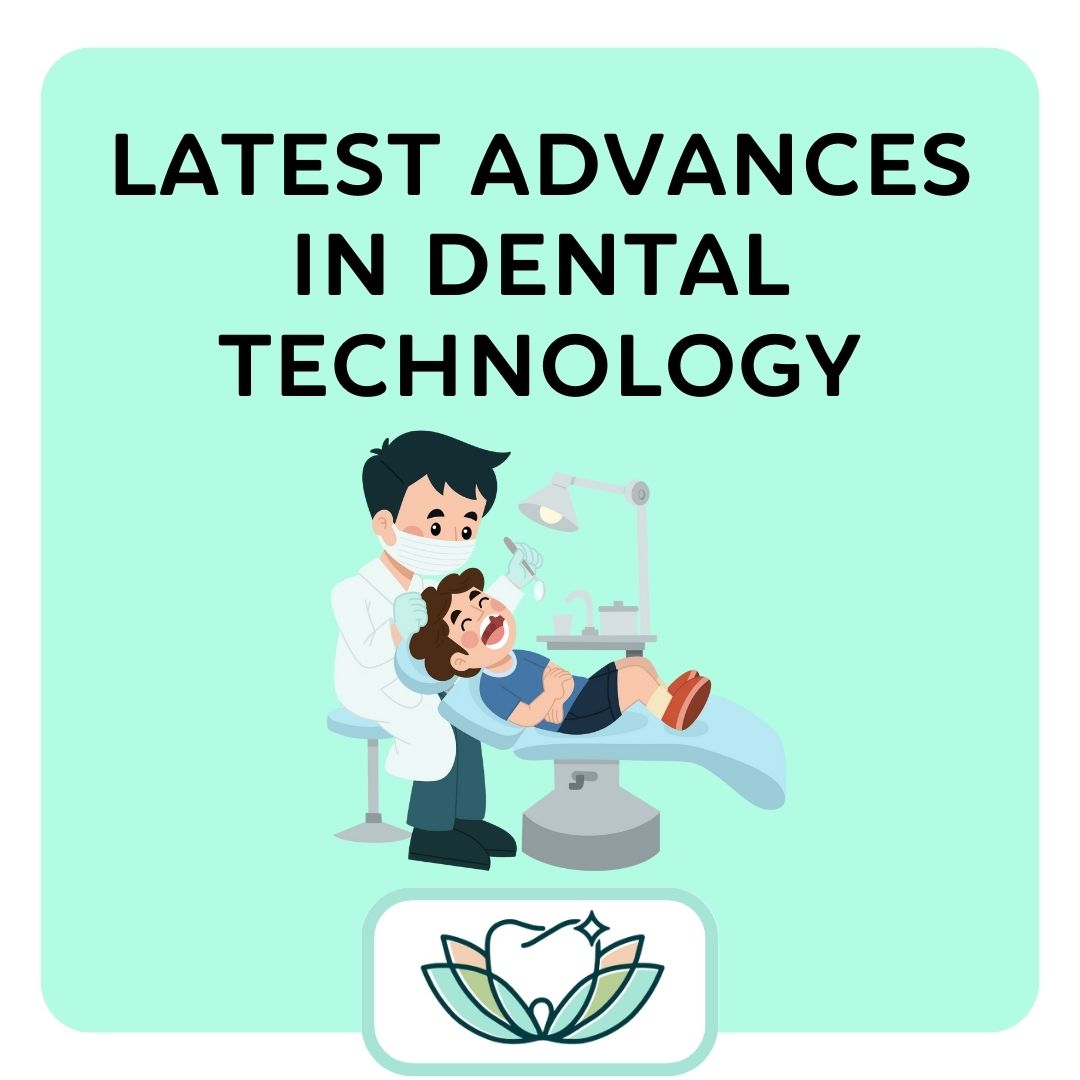
The latest advances in dental technology
In recent years, the field of dentistry has experienced a remarkable transformation, thanks to the continuous evolution of dental technology. These ground-breaking advancements have not only revolutionised the way dental professionals diagnose and treat oral health issues but also improved the patient experience significantly. From digitising impressions to harnessing the power of artificial intelligence, let’s explore the latest advances in dental technology and their impact on modern dentistry.
Intraoral Scanners: Changing the Face of Dental Impressions
For many procedures we can now use Intraoral scanners rather than impression material, providing a more comfortable, accurate, and efficient method for capturing digital impressions of patient’s teeth and oral structures. These handheld devices use advanced optical technology to create highly detailed 3D digital models of the mouth.
There are many benefits of intraoral scanners. Patients experience less discomfort during dental visits, as the process is comfortable and free from messy materials. The digital impressions are available instantly, reducing waiting times and enabling dental professionals to streamline treatment planning. The enhanced accuracy of digital impressions ensures better-fitting dental restorations, leading to improved treatment outcomes and patient satisfaction.
Learn more about intraoral scanners on our recent blog post here
Digital simulations and modelling
For aesthetic procedures, it is comforting to know what the end result will look like, before embarking on expensive treatment. Now patients can see a simulation of what their teeth will look like after their orthodontic treatment or veneers, ensuring they are happy with the plan or making adjustments with their dentist to get the best result. We can also 3D print the simulated models (see section below) which makes the process quicker, as we can use it as a template to make the new teeth – particularly helpful when making composite veneers, or restoring severely broken down or worn down teeth.
Digital Dentistry: CAD/CAM and 3D Printing
Computer-Aided Design (CAD) and Computer-Aided Manufacturing (CAM) have revolutionised the way dental restorations are designed and created. The digital workflow begins with intraoral scanners capturing 3D data, which is then used to design dental prosthetics with unparalleled precision. Dental laboratories can fabricate crowns, bridges, and other restorations faster and with reduced errors, improving both cost and treatment times for patients.
Moreover, 3D printing technology has made a significant impact on dental practice. Dental professionals can now 3D print models, surgical guides, and even custom dental appliances in-house, cutting down on costs and improving overall treatment efficiency. This level of customisation ensures a perfect fit for each patient, enhancing treatment outcomes and patient satisfaction.
Cone Beam Computed Tomography (CBCT): Advanced Imaging for Better Diagnostics
Cone Beam Computed Tomography (CBCT) is a game-changing imaging technique in dentistry. Unlike traditional X-rays, CBCT provides detailed 3D images of a patient’s teeth, jaw, and surrounding structures. This allows dental professionals to identify hidden issues such as impacted teeth, root canal abnormalities, and jawbone irregularities, which may have been challenging to detect using conventional imaging methods.
CBCT is particularly valuable in complex dental procedures, such as dental implant placement, orthodontic treatment planning, and endodontic procedures. Its enhanced diagnostic capabilities help dental professionals make informed decisions, leading to more successful treatments and improved patient outcomes.
The latest advances in dental technology have undoubtedly transformed the landscape of modern dentistry. From the comfort and precision of intraoral scanners to the convenience and clarity of digital simulated treatment outcomes, these innovations have enhanced patient experiences and improved treatment outcomes. Digital dentistry, including CAD/CAM and 3D printing, has streamlined the design and fabrication process of dental restorations, while CBCT has revolutionised diagnostics.
As dental technology continues to evolve, patients can look forward to even more efficient, accurate, and personalised dental care. Dental professionals, on the other hand, will continue to embrace these technological advancements to provide the best possible treatments and create brighter, healthier smiles for their patients.
With these amazing technologies now available to the masses, it’s now possible to embrace a tranquil dental experience with cutting-edge technology for the best smile transformation in Yamanto, Ipswich at Tranquility Dentistry.
Dental Technology Advances
Post a Comment
You must be logged in to post a comment.
